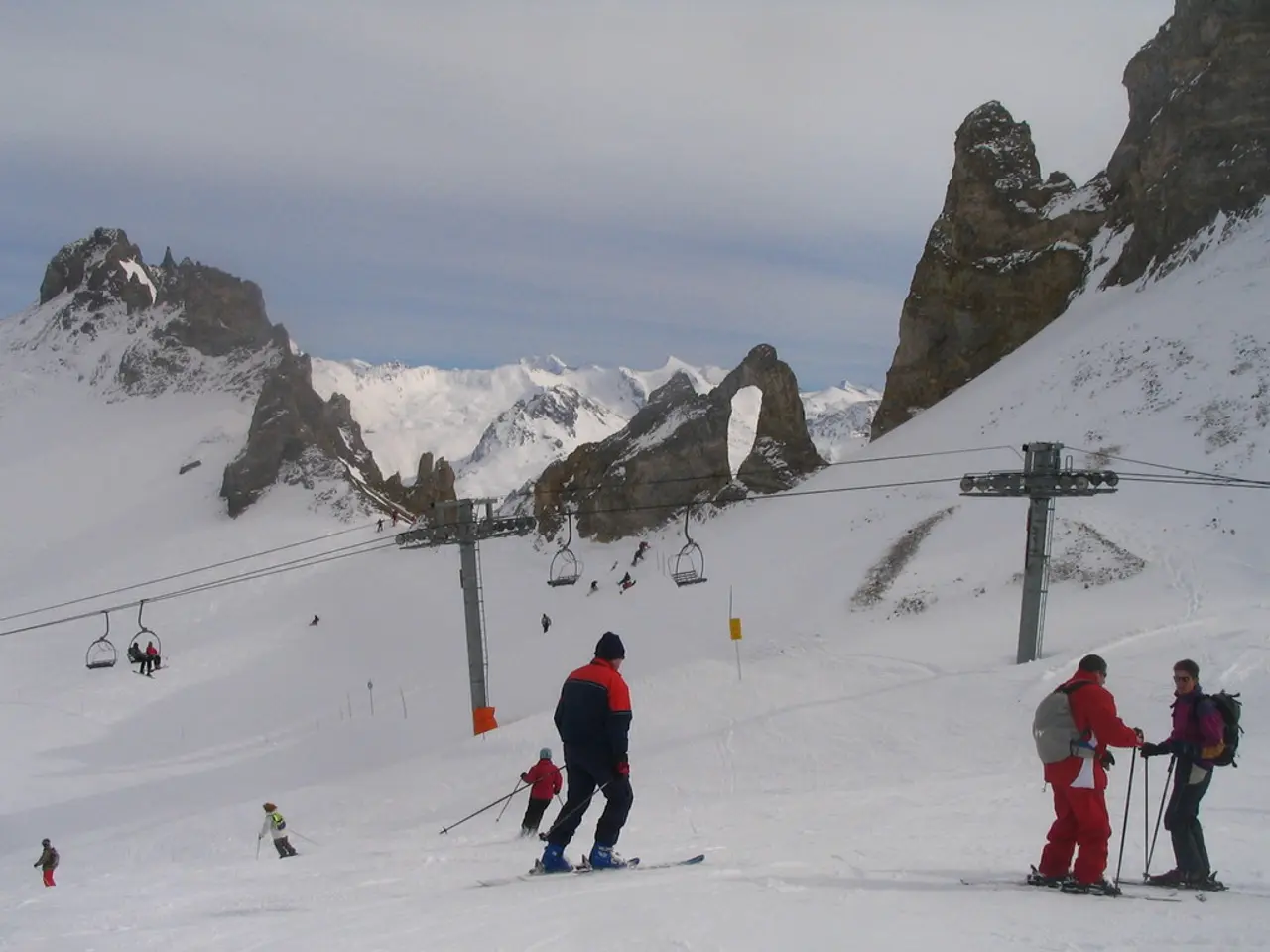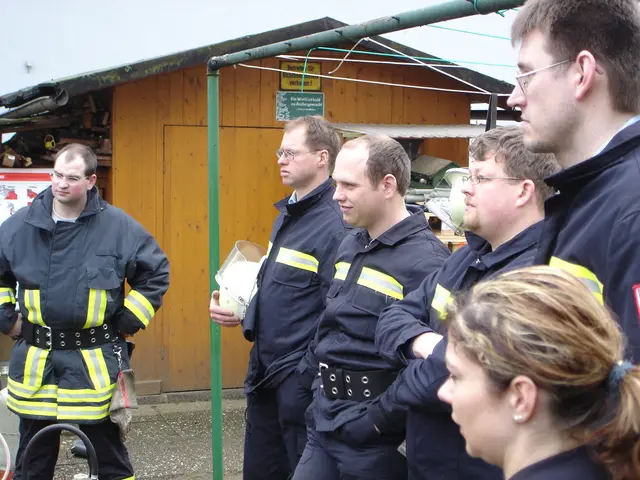Alert for hikers and cyclists: The Alps in Europe have experienced severe effects due to climate change
In the heart of Europe, the Alps are witnessing significant changes due to global warming. This transformation is impacting the region's iconic glaciers, hiking trails, and the facilities catering to tourists.
The Research Center for Alpine Ecosystems (CREA) in Chamonix, France, provides invaluable data on the Alps' glacier losses. According to their reports, glaciers in the region have lost between 30 and 40 percent of their surface area and half of their volume in the last century, with an additional 10 to 20 percent disappearing since 1980. This alarming trend is not unnoticed by those who call the Alps home.
Robert Frankhauser, proprietor of Solsteinhaus, a hiker's hostel in the Tirolian Alps, has observed a significant decrease in year-round glaciers in the Stubaier mountain chain for the past 15 to 20 years. To mitigate the effects of this change, Solsteinhaus has solar photovoltaic and thermal panels on its roof, as well as additional panels on an adjacent barn and a standing solar array. When solar power is insufficient, the hostel uses combined-heat-and-power generators run on biodiesel.
However, not all Alpine huts are as fortunate. Some, reliant on hydropower, may have to shut their doors when water sources disappear, either temporarily or permanently. Solsteinhaus, on the other hand, does not rely on hydropower, unlike many other Austrian Alpine Club hostels. The scarcity and irregularity of water flows casts doubt on its viability.
The Austrian Alpine Association (Österreichischer Alpenverein) has implemented climate change mitigation initiatives, including sustainability measures at the Solsteinhaus alpine hut in the Karwendel mountains. These measures typically involve energy efficiency improvements, use of renewable energy, and environmentally friendly construction or renovation practices aimed at reducing the hut’s carbon footprint.
The changing climate is also impacting the hiking season. The longer summers may devastate the glaciers and permafrost, but they also begin earlier due to the changing climate. This means hikers visiting Solsteinhaus and other hostels in the Alps are adjusting to higher temperatures, carrying more water, and being prepared for unpredictable weather conditions like flash storms and earth slides.
Gaping crevices are opening on glaciers due to thawing, posing a danger to hikers, both experienced and inexperienced. The growing number of visitors to the Alps, particularly Germans and other Europeans, is due to the search for cooler vacation spots closer to home. However, this influx of tourists is also causing some hiking paths to become unnavigable due to the melting of permafrost beneath and near glaciers, resulting in closures or rerouting.
The runoff from melting glaciers has increased river flows, causing damage to bridges and even a 300-year-old hostel southeast of Salzberg. On long, sunny days in mid-summer, Solsteinhaus' solar panels can meet the needs of up to 70 guests at a time. Yet, the Alps, located in Central Europe, are among the fastest warming locations on Earth, with temperatures rising over 2 degrees Celsius, twice that of worldwide temperatures.
The paucity of snow in recent winters may make hiking a popular 21st-century winter sports' activity. As the Alps continue to change, it is clear that adaptability and sustainability will be key to preserving this beloved mountain range for future generations.
Read also:
- Understanding Hemorrhagic Gastroenteritis: Key Facts
- Stopping Osteoporosis Treatment: Timeline Considerations
- Tobacco industry's suggested changes on a legislative modification are disregarded by health journalists
- Expanded Community Health Involvement by CK Birla Hospitals, Jaipur, Maintained Through Consistent Outreach Programs Across Rajasthan








